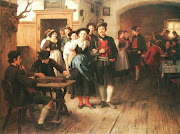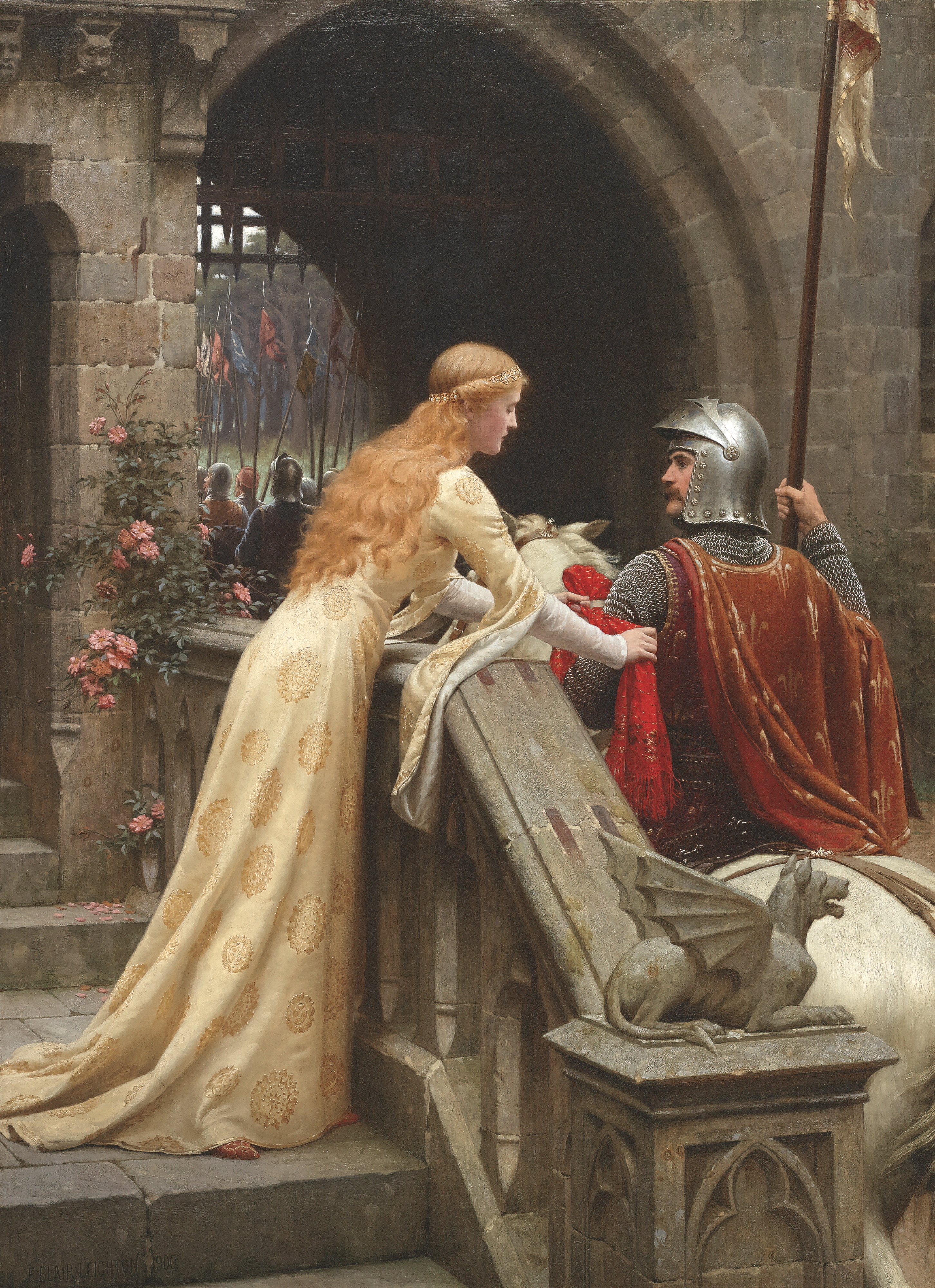Nulla talem silva profert,
Flore, fronde, germine.
Dulce lignum, dulci clavos, dulce pondus sustinens!
FAITHFUL Cross! Above all other,
One and only noble Tree!
None in foliage, none in blossom,
None in fruit thy peers may be;
Sweetest wood and sweetest iron!Sweetest Weight is hung on thee!
~~~
So for centuries has been sung the song composed by Venantius Forntunatus (530-609) extolling the Triumph of the Cross.
And never more so than on the Feast which recalls the return of the True Cross to Jersualem following its recapture from the pagan Persians by the Roman Emperor in the East, Emperor Heraclius.
Indeed, this Feast used to be celebrated with almost as much ceremony as the feasts of Easter and Pentecost, themselves.
But this Feast Day, 14th September, is also the anniversary of that triumphal day in which our Holy Father, Pope Benedict XVI, restored to the Roman Church the use of the ancient and noble Roman rite of our ancestors.
All hail Pope Benedict XVI, the restorer of the ancient Roman rites!
Yes, this Feast is the 2nd anniversary day when, by his own motion - motu proprio - Pope Benedict XVI restored to the Roman Church its ancient rites. In so doing he has placed himself in the same hallowed tradition of all those popes, among his predecessors, who always sought to preserve the ancient rites of the Church, as all popes until 1970, did.
For this alone, he will go down to history as a great pope.
He chose a very significant and memorable day to make his motu proprio, called Summorum Pontificum, become effective.
It is the Feast of the Exaltation of the Holy Cross upon which day we sing the praises of the Holy Cross with such ancient hymns as Vexilla Regis and Crux Fidelis.
Listen to the beautiful version of Crux Fidelis written by the gifted royal composer and image of King David, the author of the Psalms, His Majesty King John IV of Portugal - Dom Joao IV. This piece is sung every year on Good Friday at the Brompton Oratory, Knightsbridge in London:
Venantius Fortunatus wrote both hymns, the latter for a procession that brought a part of the true Cross to Queen Radegunda in 570. This hymn is used on Good Friday during the Adoration of the Cross and in the Breviary during Holy Week and on feasts of the Cross like today.
Ancient legend is hinted at in the second verse of this hymn. According to this tradition, the wood of the Cross upon which Christ was crucified was taken from that tree which was the source of the fruit of the fall in the Garden of Eden. When Adam died, the legend states, Seth obtained from the Cherubim guarding the Garden a branch of the tree from which Eve ate the forbidden fruit. Seth planted this branch at Golgotha (the place of the skull), which is so named because Adam was buried there. As time went on, the Ark of the Covenant, the pole upon which the bronze serpent was lifted, and other items were made from this tree.
Eventually the Holy Cross was made from it and our Lord crucified thereon upon Golgotha directly over the tomb of Adam so that the Precious Blood of Christ, seeping through cracks, penetrated into the mausoleum of Adam beneath and fell upon the very skull of Adam to symbolise that the Sin of Adam had now been atoned for by the Crucifixion.
In the pre-1955 Roman Calendar, the Finding of the True Cross (Inventio Crucis) was celebrated on 3 May to commemorate that day when the Empress St Helena, daughter of a British king and mother of the Emperor Constantine, found the True Cross after long searching for it among the wells and cisterns of Jerusalem.
The British born Roman Empress St Helena finds the True Cross
The True Cross was set up and a Basilica built to house it for posterity.
3 centuries later, the pagan, fire-worshipping, Zoroastrian Persians (not yet Muslim), under King Chosroes II, attacked Jerusalem and took away the precious relic, the True Cross.
The Catholic Roman Emperor Heraclius, then reigning, swore to recover it and warred against the Persians. He was on the point of being defeated himself when an internal dispute arose within Persia which threatened Chosroes II and the distraction gave Heraclius his chance. He soundly defeated Chosroes in 629 and recovered the True Cross.
This was seen as an answer to prayer by all at the time.
When Heraclius returned to Jerusalem to restore the True Cross he carried it himself, as had our Lord, intending to process along the Via Dolorosa in his gorgeous imperial robes. But when he arrived at the gate of Jerusalem he was frozen to the spot and could not move. All were puzzled and eventually the Patriarch of Jerusalem suggested that the Emperor divest himself of his imperial robes. The Emperor did more and stripped himself to little more than the seamless garment that Christ Himself had worn to carry His Cross.
At once the Emperor found himself able to proceed and so he continued until he was able to restored the Cross to its rightful place in the Basilica upon Golgotha, walking barefoot in a single shift all along the way to the great edification of the people of Jerusalem, his subjects.
Ever after that day, 14 September, was celebrated with great ceremony - nearly as much as Easter and Pentecost - as the Feast of the Exaltation of the Holy Cross (Exaltatio Crucis).
The Catholic Roman Emperor Heraclius who restored the True Cross to Jerusalem in 629AD
Fulget Crucis mysterium,
Qua vita mortem pertulit,
Et morte vitam protulit.
Abroad the Regal Banners fly,
Now shines the Cross's mystery;
Upon it Life did death endure,
And yet by death did life procure.
O CRUX AVE, SPES UNICA,
In hac triumpha gloria
Piis adauge gratiam,
Reisque dele crimina.
Hail, Cross, of hopes the most sublime!
In this triumphant glorious time,
Improve religious souls in grace,
The sins of criminals efface.
On Good Friday the second line reads "Now in this mournful Passion time" but on the Feast of the Cross this is replaced by "in hac triumpha gloria" - in the glory of this triumph!
Triumph, indeed, thanks to our Holy Father gloriously reigning!
True Cross, protect us!
...






.jpg)

















_-002.jpg/220px-Circle_of_Anton_Raphael_Mengs,_Henry_Benedict_Maria_Clement_Stuart,_Cardinal_York_(ca_1750)_-002.jpg)


2 comments:
Let me preface my remarks by first stating that I am a Roman Catholic. The Catholic Catechism explicitly states that God gave each of us reason to search his truth out.
It is difficult to imagine that the True Cross and the crosses of the two thieves were still present at the place of the crucifixion during the fourth century. This allegedly finding the true cross is three hundred years after the crucifixion of Christ. If secular life continuous normally after the crucifixion of Christ and the two thieves than other criminals would have been crucified on those very same crosses seeing wood was a very scare commodity in the land of Judea. Wood was not something to wasted.
That God gave us reason to search out the truth is obvious.
You do not need to "imagine" how the true cross was found. You can use your reason to examine the accounts.
No=-one has suggested that the crosses were all still in place 300 years later (where did you get THAT idea from?).
St Helena found the true cross in a cistern where it had been left or lost some time after the crucifixion.
The investigations that were carried out to verify its authenticity are documented. Go and read them.
You are making the all too familiar mistake of equating "reason" with "scepticism".
They are not the same at all.
Post a Comment